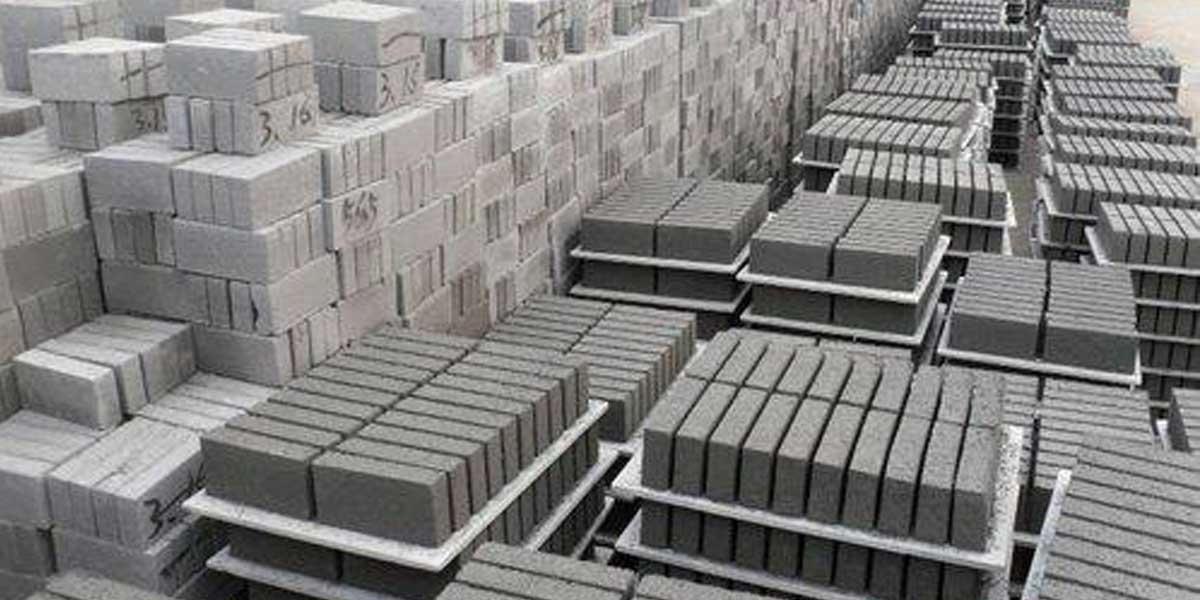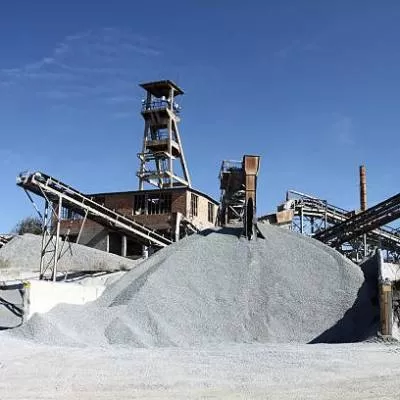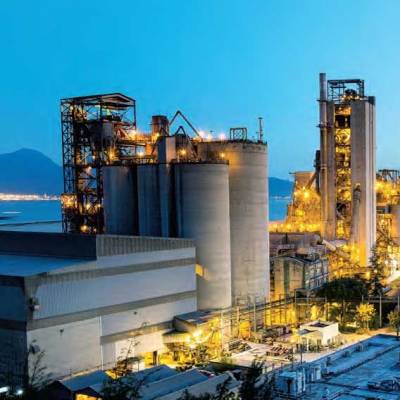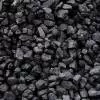
Construction Chemistry
12 Nov 2020
160 Min Read
Editorial Team
Eco-friendly technologies, particularly in the construction industry, and natural compatible materials are increasingly attracting the attention of researchers. In this regard, research on the synthesis and development of geopolymers is gaining momentum because of their potential to consum...
Read full article
Try CW Gold Subscription at 167/Month
CW Gold Benefits
- Weekly Industry Updates
- Industry Feature Stories
- Premium Newsletter Access
- Building Material Prices (weekly) + trends/analysis
- Best Stories from our sister publications - Indian Cement Review, Equipment India, Infrastructure Today
- Sector focused Research Reports
- Sector Wise Updates (infrastructure, cement, equipment & construction) + trend analysis
- Exclusive text & video interviews
- Digital Delivery
- Financial Data for publically listed companies + Analysis
- Preconceptual Projects in the pipeline PAN India



















